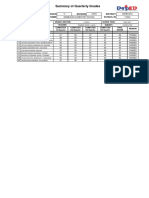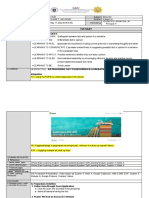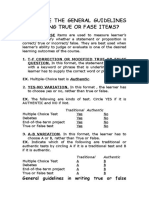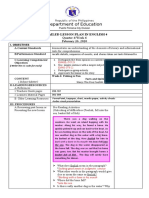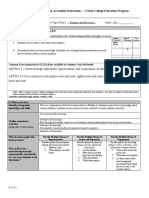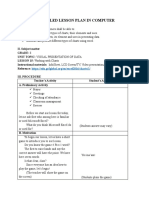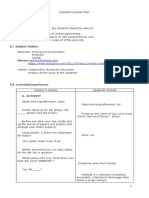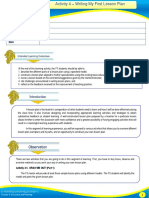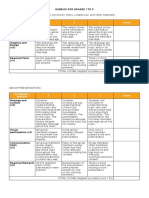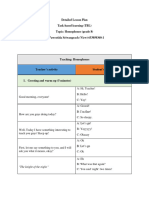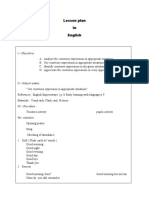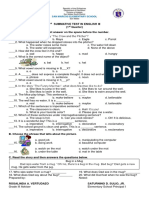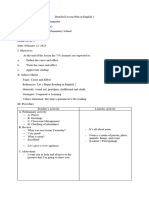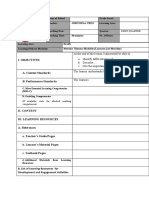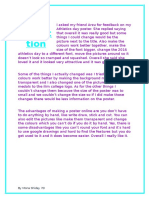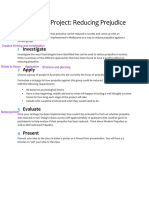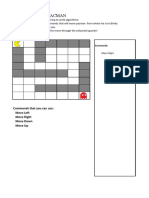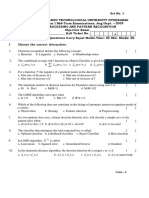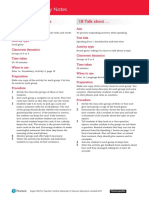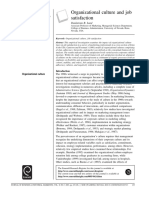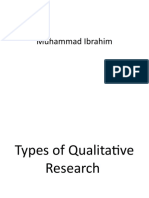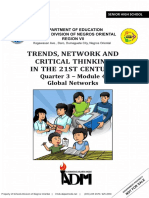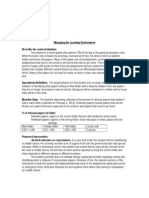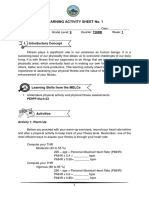Unit Plan for 4 lessons on Coding
Week 1
Learning Intention: Understand the concept of programming and what an
algorithm is.
Students will begin to use block code.
Vocabulary: commands, algorithms, programming languages, code
Class discussion on How do you think your computer knows what to do
when you turn it on?
- students discuss the concept of the computer following a list of
instructions (commands) eg. Load the start button, load the dock, run
these applications, open this window.
Explain that a set of instructions is a program that is run to tell the
computer what to do.
Computers are usually programmed using a language, which is a limited
vocabulary of instructions that can be followed. Each instruction is called a
command.
The computer runs these commands in order
Why would we need to be able to change what the computer does? Class
brainstorm
Video on algorithms:
https://vimeo.com/user27521626/review/125758228/06a4c31f98
Design algorithms represented diagrammatically and in English, and trace
algorithms to predict output for a given input and to identify errors
(ACTDIP029)
Activity 1 Relevant Content Descriptors:
Design algorithms represented diagrammatically and in English, and
trace algorithms to predict output for a given input and to identify
errors (ACTDIP029)
Activity 1: Practical Activity Programming Pacman Lesson 1 Algorithms.xls:
Write a list of instructions to move pacman from one place to another THINK PAIR
SHARE (get the students to tell/show each other what they have done swap
and test algorithm. Quick feedback reinforce concept algorithm. Share
examples of other algorithms.
Activity 2 Relevant Content Descriptors:
Analyse and visualise data using a range of software to create
information, and use structured data to model objects or events
(ACTDIP026)
Activity 2: Introduction to creating code:
Go to https://code.org/learn and do An Hour of Code Lesson (teacher
choice)
Begin as a class (explain, demonstrate, imitate, practice, feedback)
o How to drag blocks
o How to run program
o How to see javascript
Continue on at own pace
Differentiation activity: ADVANCED or early finishers: Do another hour of code
lesson using javascript, instead of block code
Week 2
Period 1: Learning Intention: Students will become more familiar with block code.
Period 2: Learning Intention: Student will understand when a repeat block
is used and how to create conditions (repeat while or repeat until)
As a class:
o
o
o
o
Brief review of what we did last week
What is an algorithm?
What is code?
What can we do with it?
Summarise what we have learned so far (commands)
Explain that this is a very basic start to programming in order to
more interesting things we need to be smarter about ways to make
lots of things happen easily
Draw a character on the board, they need to get to a particular line
that is ten steps away we could tell them to move one step ten
times but what happens if its 100 times?
Explain repeat statements (how they work) show example on
board
Activity 1 Relevant Content Descriptors:
Implement and modify programs with user interfaces involving branching,
iteration and functions in a general-purpose programming language
(ACTDIP030)
Design algorithms represented diagrammatically and in English, and trace
algorithms to predict output for a given input and to identify errors
(ACTDIP029)
Activity 1: Learning to use repeat blocks
Login to Tynker, enter classroom
Complete second lesson: Candy Quest Activity
Period 2: Students will be able to code different outcomes to occur when buttons
are pressed (on click actions).
In order to make more interesting programs, we need to do more than just
a list of straight instructions. We can allow the user to interact with the
computer and create the commands.
Explain on click actions:
As a class:
�o
o
Draw pacman game scenario on the board what would I have to
program a character to do in order to move from one square to the
next?
Write out the 4 conditions and what should happen in each
scenario.
Activity 2: Worksheet 1 Programming Pacman 2: Creating on click
actions.xls
Activity 3: Relevant Content Descriptors:
Design algorithms represented diagrammatically and in English, and trace
algorithms to predict output for a given input and to identify errors
(ACTDIP029)
Activity 3: Learning to code on click actions.
Students login to tynker/schools with school gmail account
Enter Tynker classroom using classroom code
Continue with the first task: Welcome to Tynker: move Gus.
Extension and early finishers Dragon Dash.



